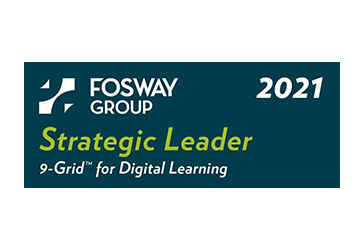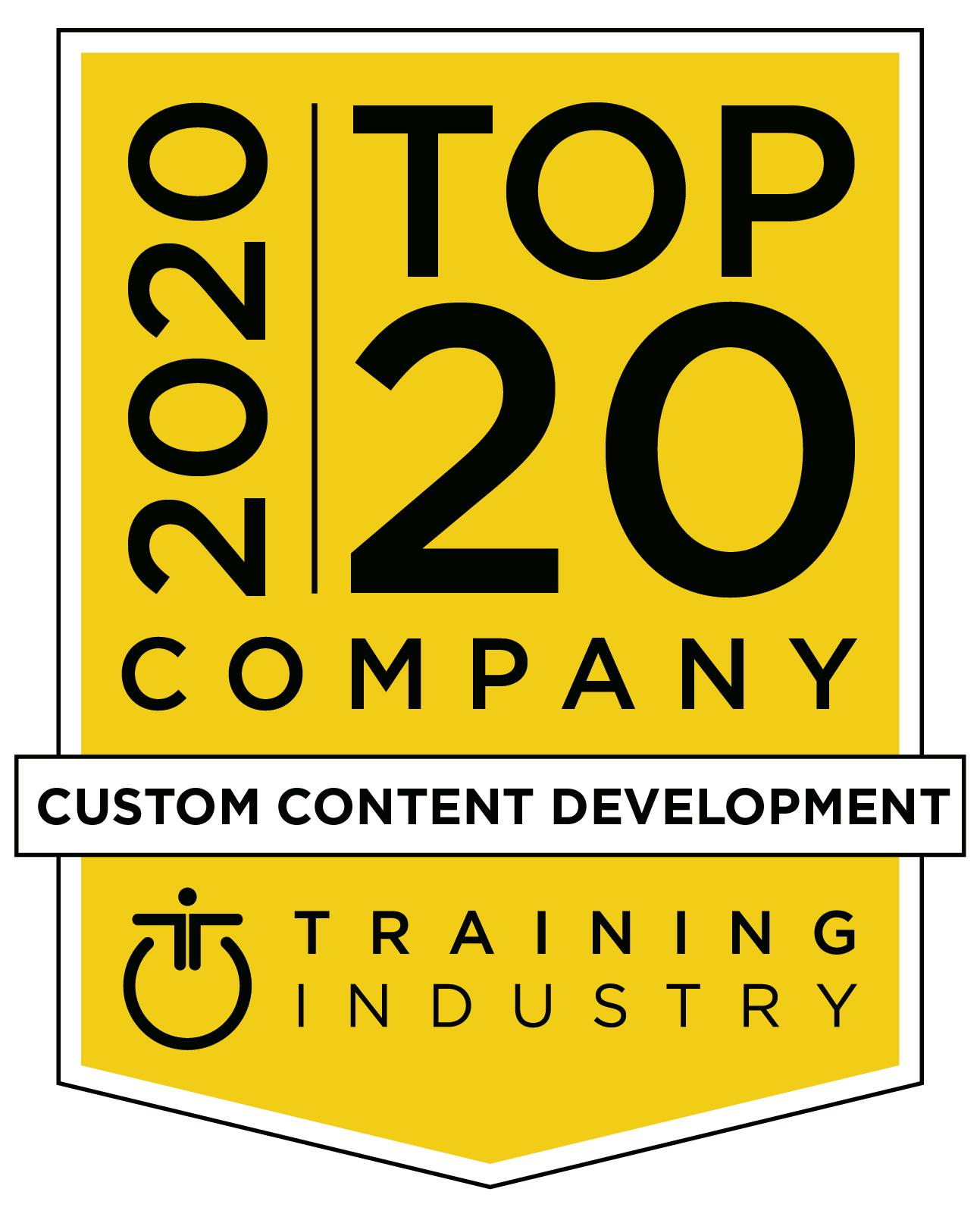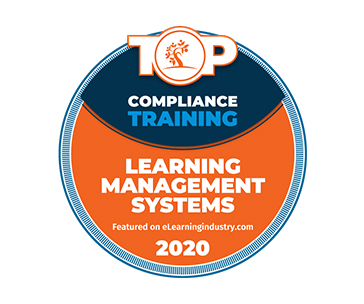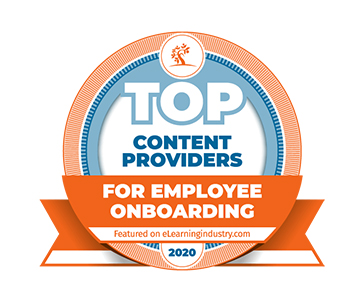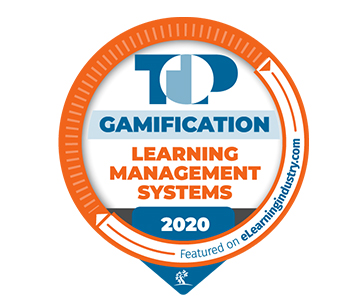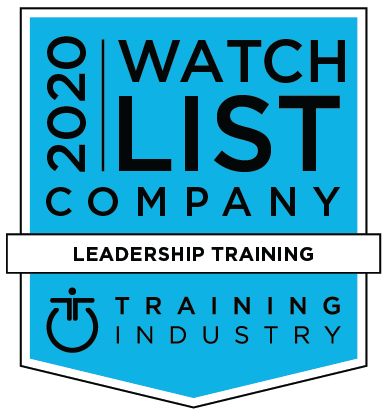As we move forward in 2021, more companies plan to focus on improving customer experiences. This is not surprising if you consider the fact that 85% of buyers will pay more for a better customer experience (1). Building quality customer relationships can lead to higher profits and a better brand image. Your customer service teams must have the skills they need to not only meet but exceed customer expectations.
However, simply having a training program in place is seldom enough. Having a highly effective and engaging customer service training program in place that delivers a high ROI is critical to your success. In this blog post, we have included 10 of the best tips you can use to create a customer service training program that delivers results.
Develop a Business Aligned Learning Strategy
One of the most beneficial steps you can take to ensure your customer service training programs’ success is to align your learning strategy with your business goals. You can do this by measuring the current gaps in employee knowledge and performance.
What are the skills your customer support teams will need to provide better service? Each learning objective in your corporate training programs should help your company achieve its core goals and purpose.
Utilize a Blended Approach to Learning and Development
Integrating a blend of different training methods and topics will help your organization create a highly effective training program that engages learners. The exact topics and delivery methods you choose will be dependent on your organization’s specific needs. However, there are three categories of delivery methods and topics you should consider, including.
When it comes to training delivery, the most successful training programs use a blend of experiential, social, and formal delivery methods to keep learners actively engaged in the program. The most needed training topics usually include a blend of soft skills, product or service training, and courses that focus on sharing your brand’s values.
Consider Using Personalized Learning Journeys
All employees within an organization must have at least basic customer service skills. However, many organizations have multiple departments that interact with customers at different times. These employees may have different learning needs and skill levels.
Developing personalized learning journeys will ensure that employees take the most relevant courses to their role and experience level. For example, customer service training for HR professionals would likely include very different training topics than courses relevant to employees in your call center. An employee with no experience would also need different courses than an employee with ten years of experience in a customer service role.
Integrate Just-in-time Training Materials
One way you can increase rates of knowledge retention is by including support materials in your training programs. Support materials such as posters, printable infographics, and short refresher videos can reinforce training after an employee completes the courses. These materials enable employees to quickly reference information they need while on the job with little to no disruption to their workflow.
Promote a Culture of Continuous Learning
Learning and development should continue throughout the entire employee lifecycle. It does not begin and end with onboarding. Regularly assess employee performance and assign relevant courses that will help employees close knowledge gaps. Ongoing training ensures that your employees have the most up-to-date information regarding best practices and updated information about your company’s offerings.
Encourage Self Directed Learning
Give employees access to learning resources to brush up on the skills they feel they need the most. Learning does not have to be assigned to be effective. Employees often know what areas they need to improve upon. Providing access to self-directed learning resources empowers employees to improve their skills whenever they feel the need and have the time.
Engage Your Employees
Low levels of engagement are an all-too-common problem in the world of L&D. Try to include interactive and engaging training formats into your customer service training programs whenever they are applicable. Training methods such as video-based learning, scenario-based animations, and gamification can help boost learner engagement. Training methods with rich visual content and that include interactive elements can keep engagement lively and fun.
Connect Learning Experiences to Real-Life-Situations
If employees feel that content is irrelevant or do not understand how a topic translates to their role in real life, it can cause disengagement.
Scenario-based learning and life-like simulations are a great way to build context around different training topics. Showing employees how they can apply the skills they are learning in real-life situations helps them gain a deeper understanding of the training topics. It also helps learners stay engaged by showing the relevance the topics have on their experiences at work.
Keep Training Content Simple
Training programs that aim to cover several topics in a single long-form course can cause information overload. Keeping things simple by focusing on a single topic can help team members remember information more easily without becoming overwhelmed. Strategies such as micro-learning are growing in popularity due to their short, memorable structure. Micro-learning content is broken down into several bite-sized pieces of content that focus on highly specific subjects.
Using a micro-learning strategy keeps content simple and straight to the point. It can help employees retain information more easily and allow them to take courses that are the most relevant to their individual learning needs.
Measure the Effectiveness of Your Training Programs
One of the best ways you can ensure that your customer service training programs are delivering quality results is by evaluating them regularly. Today it is easier than ever before to use learning analytics and participant surveys to gauge the effectiveness of your training programs. The insights you gain from analyzing learner data can help you understand what is currently working in your training programs. You can also use this information to optimize training content and identify learners who may need extra support.
Final Word
Poor customer service can be detrimental to your business. One in three customers will leave a brand they love after a single bad experience (2). Investing in training is one of the best ways to ensure that your employees provide effective customer service every time. Following these ten tips will help you set your business up for success. Learn how you can leverage training to improve customer experiences and read the eBook The Advanced Guide to Top Your Customer Service Training Game.

